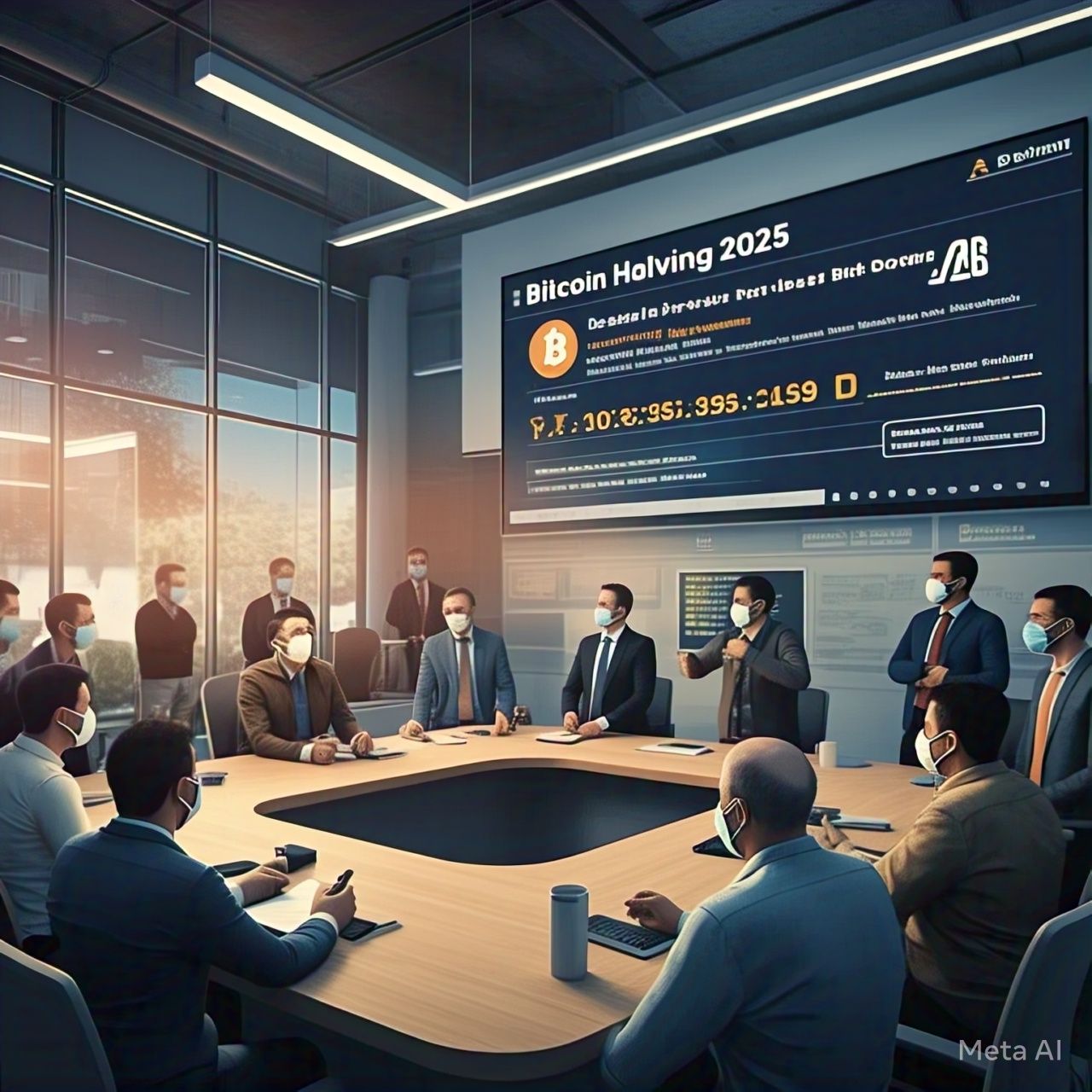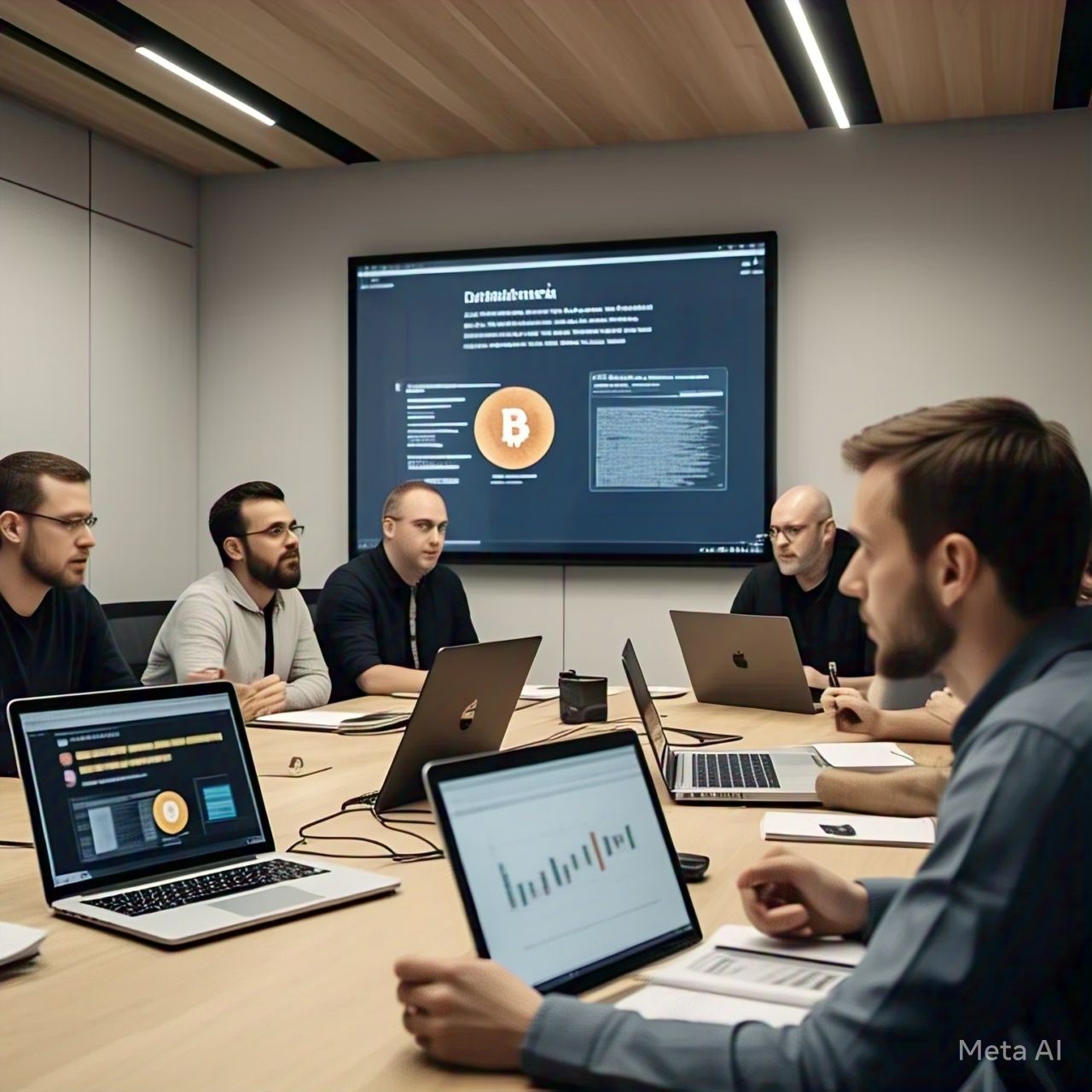The rise of Play-to-Earn (P2E) gaming, driven by blockchain technology, has reshaped the gaming industry by allowing players to earn real-world value through in-game assets. Initially seen as a revolutionary concept, P2E games like Axie Infinity and The Sandbox attracted millions of players, investors, and game developers. However, with market volatility, evolving regulations, and concerns over sustainability, many are questioning whether P2E gaming is still a profitable venture in 2025.
This article explores the current state of blockchain gaming, key challenges, emerging trends, and whether Play-to-Earn remains a viable source of income for gamers and investors.
The Rise and Evolution of Play-to-Earn Gaming
Play-to-Earn games gained traction in the early 2020s by integrating blockchain technology to offer players real ownership of in-game assets. These assets, represented as NFTs (Non-Fungible Tokens), could be bought, sold, and traded, allowing players to monetize their gaming time.
Early Success Stories
Some of the most notable P2E games include:
- Axie Infinity: One of the first major P2E games, which allowed players to breed, battle, and trade digital pets known as Axies.
- Decentraland & The Sandbox: Virtual worlds where players could purchase land, develop properties, and trade assets.
- Gods Unchained: A blockchain-based trading card game that rewarded players with digital assets that held real-world value.
These games thrived during the NFT boom, but as the crypto market fluctuated, so did the profitability of P2E gaming.
Challenges Facing Play-to-Earn Games in 2025
While blockchain gaming remains a promising sector, several challenges have affected the profitability of P2E games.
1. Market Volatility and Token Depreciation
One of the biggest obstacles in P2E gaming is the volatility of in-game tokens. Many blockchain games have experienced token crashes, making in-game earnings less valuable. Players who initially earned substantial rewards saw their earnings shrink due to declining token prices.
2. Sustainability Issues
Many early P2E models relied heavily on a constant influx of new players to sustain the ecosystem. When user growth slowed, these games faced economic downturns. The shift from a Ponzi-like reward structure to more sustainable models has been a major focus for developers.
3. High Entry Costs
Some P2E games require significant upfront investments, such as purchasing expensive NFTs. For instance, at its peak, Axie Infinity required players to buy three Axies, which cost hundreds or even thousands of dollars. This high barrier to entry discouraged new players and limited accessibility.
4. Regulatory Uncertainty
Governments around the world are still defining the legal framework for crypto and NFT-based gaming. Some regions have imposed strict regulations on blockchain gaming, affecting developers and limiting market growth.
5. Declining Player Engagement
Many early P2E games focused more on financial incentives than actual gameplay. As a result, players primarily joined for profit rather than enjoyment, leading to decreased engagement when rewards declined. The industry has since shifted towards making games fun and engaging, rather than purely financial endeavors.
New Trends in Play-to-Earn Gaming
Despite these challenges, the P2E gaming industry is evolving with new strategies to improve profitability and sustainability.
1. Play-and-Earn Model
Instead of focusing solely on financial rewards, new blockchain games emphasize both gaming enjoyment and earning potential. This approach helps attract genuine gamers rather than speculative investors, leading to more balanced economies.
2. Multi-Token and Stablecoin Rewards
To combat token volatility, some P2E games are introducing stablecoin rewards or multi-token models, where players can earn both native tokens and fiat-backed assets, providing more stable earnings.
3. NFT Interoperability and Cross-Game Assets
A significant trend in 2025 is NFT interoperability, where players can use their in-game assets across multiple games and platforms. This increases the value of NFTs and provides long-term usability, making in-game assets more desirable.
4. Free-to-Play with P2E Elements
Many blockchain games now offer free-to-play access with optional earning mechanisms. This reduces entry barriers and attracts a broader audience while maintaining the P2E element for those who want to monetize their gaming experience.
5. Integration with the Metaverse
With the growth of the metaverse, many P2E games are expanding beyond traditional gaming into virtual economies where players can earn by providing services, creating content, or owning virtual properties.
Are Blockchain Games Still Profitable in 2025?
For Players
The profitability of P2E gaming largely depends on the game’s economy, player skill level, and market conditions. Here are some ways players continue to earn in 2025:
- Skill-Based Earnings: Games now reward players based on performance rather than passive earnings.
- NFT Trading: Rare and in-demand NFTs still hold significant value in the gaming marketplace.
- Content Creation: Streamers and influencers can monetize their gaming experience by creating content related to blockchain games.
However, casual players looking for easy profits may find it harder to sustain earnings compared to the early days of P2E gaming.
For Investors
Blockchain gaming remains a lucrative investment opportunity, especially for those who invest in projects with strong utility and real engagement. Key investment areas include:
- Gaming Tokens: Investing in well-established gaming projects with strong utility and active communities.
- Virtual Land and Assets: The metaverse economy continues to provide profitable opportunities through land ownership and in-game asset rentals.
- Infrastructure Projects: Blockchain gaming infrastructure, such as cross-chain solutions and gaming DAOs, presents strong growth potential.
For Developers
Developers who prioritize gameplay quality, sustainability, and regulatory compliance are seeing continued success. Games that focus on long-term player engagement rather than short-term financial gains are more likely to thrive.
Future of Play-to-Earn Gaming
The future of P2E gaming will be shaped by technological advancements, regulatory clarity, and innovative game design. Here are key predictions:
- More Traditional Gaming Studios Will Enter P2E: Major gaming companies are beginning to adopt blockchain elements, which will drive mainstream adoption.
- AI-Powered Game Economies: AI will be used to balance in-game economies and detect fraudulent activities, improving game sustainability.
- Improved Security Measures: With blockchain hacks becoming more sophisticated, enhanced security measures will be a top priority for developers.
- Expansion into DeFi & Staking: More games will integrate decentralized finance (DeFi) features, allowing players to stake their assets for passive income.
Conclusion
Play-to-Earn gaming has evolved from a speculative frenzy into a more sustainable industry focused on balanced economies and engaging gameplay. While the era of easy profits may be over, blockchain gaming remains a viable source of income for skilled players, investors, and developers who adapt to new trends.
As we move forward, the most successful P2E games will be those that prioritize entertainment, accessibility, and economic stability. With continued advancements in blockchain technology and game design, Play-to-Earn gaming still has the potential to be a profitable and integral part of the gaming industry.















